Metallic threads can make any embroidery design shine. To efficiently use metallic threads on an embroidery machine and avoid breakage, follow these special techniques for both the thread and the machine.
1 Look for uniformly wound spools or cones. A lack of uniformity can indicate damage to the thread and that uneven tension was placed on the thread during the winding process.
2 Needles will wear easily with metallic thread. When starting a new project, be sure to use a
new needle, and replace the needle after four hours of embroidery time.
3 Before sewing with metallic thread, put the thread in the freezer for a couple of hours
to prevent it from breaking
4 Gold embroidery needles are coated with titanium nitride, which helps prevent needle wear
when embroidering designs with high stitch counts. The needle has a slightly rounded point to easily penetrate most fabrics and an enlarged eye that accommodates metallic threads.
5 Metallic thread spools are usually wound in a straightwind pattern. This type of spool works best when positioned
6 Most machines require tension adjustments for metallic thread. For best results, lower the top tension to help the stitch look formed and defined. It will also help prevent the bobbin thread from showing on top.
7 A 90/14 metallic needle is preferred for the majority of metallic threads. The larger needle
size will help penetrate the fabric, making way for the thread to be laid smoothly on top. The metallic needle also features a special scarf to prevent skipped stitches and a widened
groove to avoid thread breakage .
8 Stabilizers with adhesive backing and spray adhesives should only be used with metallic threads if absolutely necessary. The adhesive may result in deposit buildups in the eye of the needle, causing friction and needle breakage.
9 Excessive stabilization of the fabric applies greater friction to the needle, increases thread breaks and can produce stiff embroidery.
10 Short compact stitches can cause thread breakage and tension problems. Consider enlarging the design or embroidering at a slower speed to allow the thread
to smoothly stitch on the fabric.
11 Long stitches can result in increased tension on the thread because of the dramatic movement of the sewing field. Consider reducing the design size or embroidering
at a slower machine speed.
12 Excessive thread layers can increase the density of the fabric and can often cause
metallic threads to break. For best results, embroider with metallic threads in areas of a design that do not have excess layers of thread.
13 Be sure to embroider letters no smaller than ¼” if using metallic thread. The compact stitches of small lettering can cause thread breaks.
14 Projects embellished with metallic threads require special attention to maintain their beautiful appearance. Be sure your dry-cleaner uses standard petroleum benzene,
perchlorethylene or trichloroethylene chemicals to protect the threads.
15 Hot water and ironing have been proven to significantly deteriorate the luster and
composition of metallic threads. If laundering, wash in warm water with a non-abrasive detergent to prevent dimming thread color.
Related Posts
Discover relevant articles, tutorials, and tips to improve your skills and explore new techniques.
Stay inspired and connected to our embroidery community.
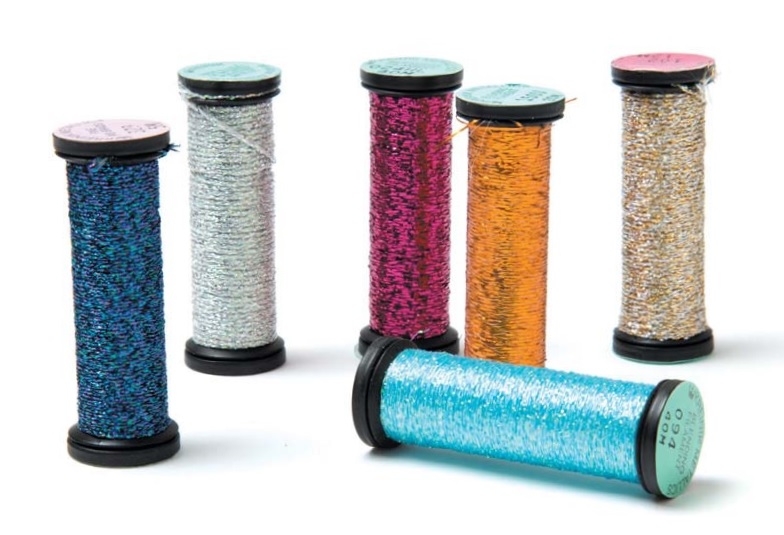

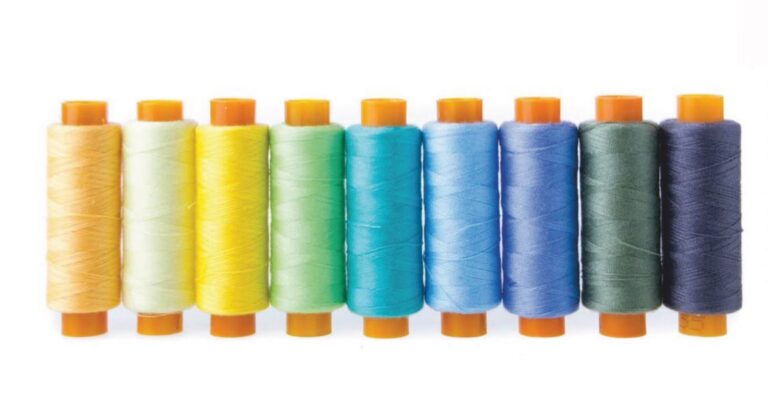
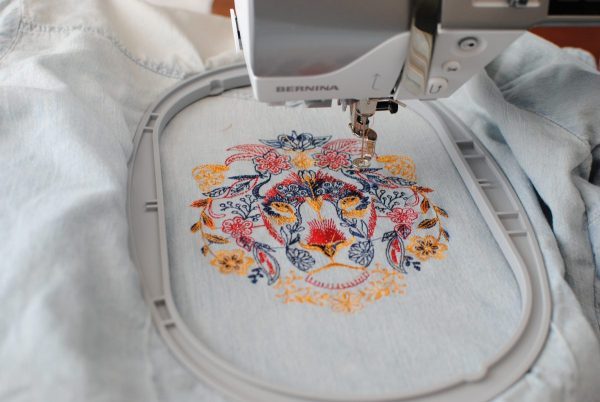
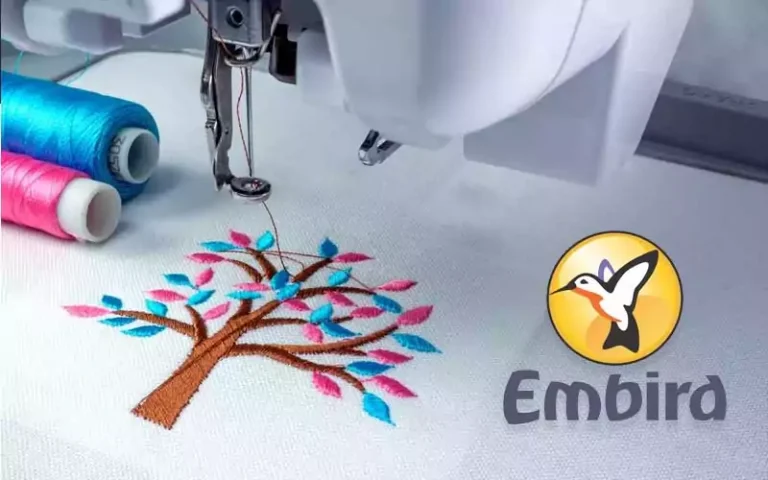
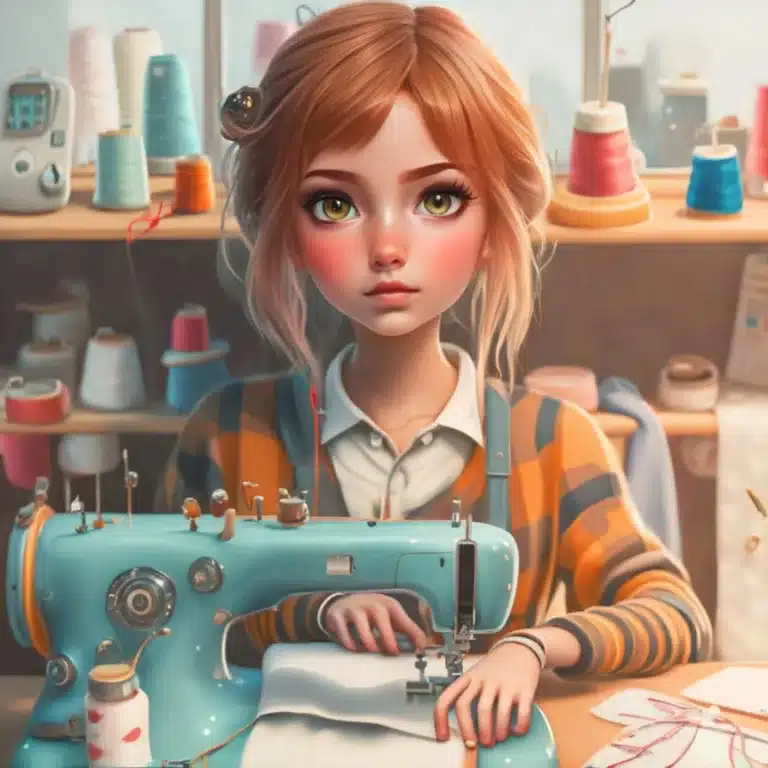

Very shortly this web page will be famous amid all blogging and
site-building visitors, due to it’s nice articles
I every time spent my half an hour to read this webpage’s articles or reviews everyday
along with a mug of coffee.
Nice post. I learn something new and challenging on websites I stumbleupon everyday.
It will always be exciting to read content from other writers and practice something from
their sites.
whoah this weblog is fantastic i love reading your posts.
Stay up the great work! You realize, a lot of individuals
are searching around for this info, you can aid them greatly.